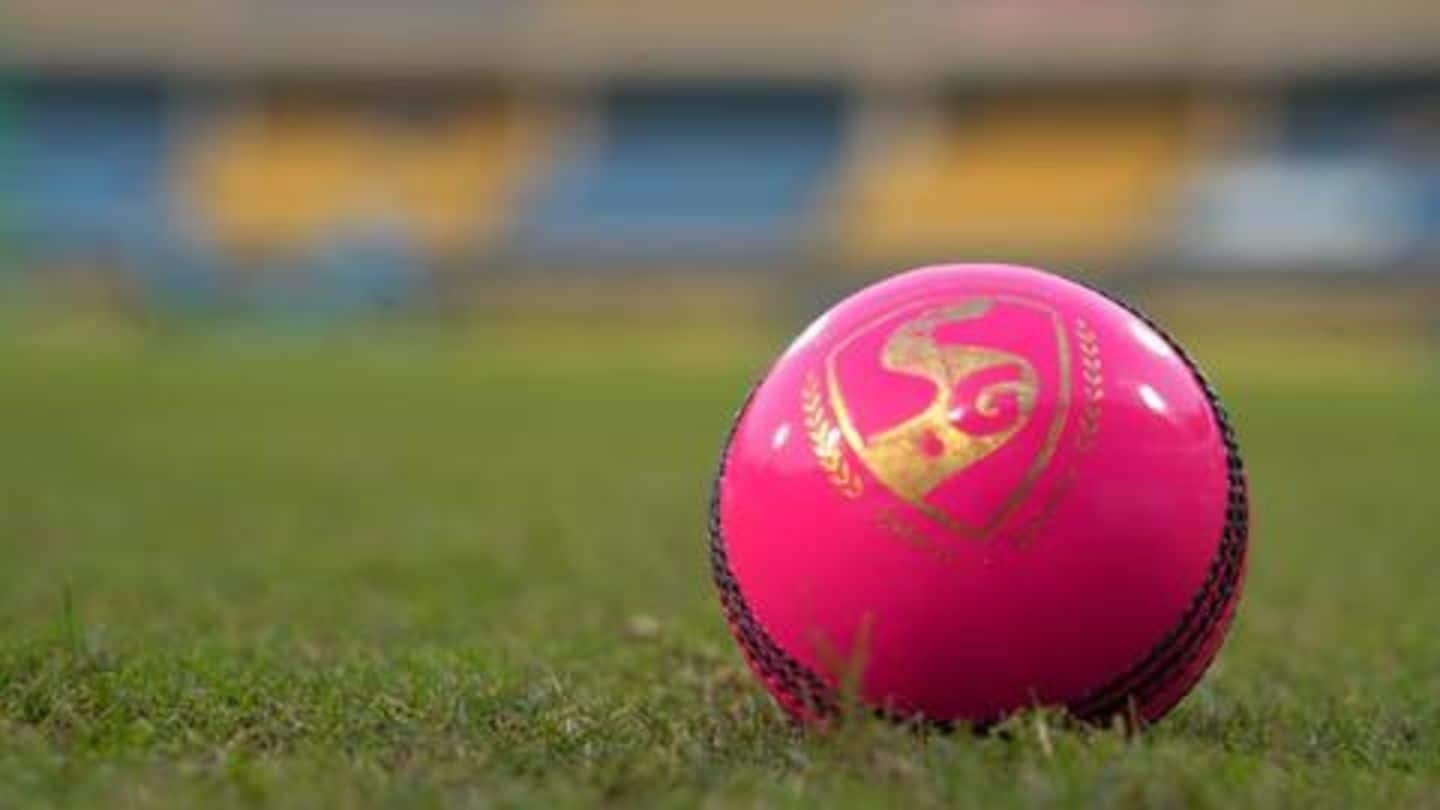
Here is why Mohammed Shami might hate the pink ball
What's the story
The Day-Night Test is a revolutionary concept, introduced by the ICC, to boost the ratings of the longest format. Notably, unlike the regular Tests, it is played with the pink ball. This change in color drastically impacts the mechanics of the ball. And here we decode why old-ball pacers like Mohammed Shami, who rely on reverse swing, might hate bowling with this pink ball.
Why pink?
Why the pink ball?
Fans often wonder as to why the pink-colored ball was introduced for Day-Night Tests, and the answer is quite interesting. On one hand, the red ball could not be spotted under the night sky, whereas, the white ball too couldn't be used, as it doesn't last 80 overs. And, the mixture of both these colors led to the introduction of the pink ball.
The swing
Why does pink ball swing more than red?
As for the movement, the pink ball generates more swing than the red cherry. The reason behind the same is due to the extra lacquer that is applied to the ball. This extra lacquer helps to make the ball more visible. However, with extra lacquer comes extra shine, which naturally helps the ball to swing more, and that too for a longer period.
Reverse Swing
What about reverse swing?
Even though the pink ball makes life difficult for batsmen, the bowlers also get impacted. We all know, in order to extract reverse swing, one side has to be made rough. And it is difficult to achieve this with the pink ball, owing to its extra lacquer. This is why the captains will look to pick wickets in the first session itself.
Spinners
SG pink balls to aid spinners as well
Interestingly, since the pink balls swing more, its seam wears off quickly, especially in the case of Kookaburra and Dukes. However, this would not be the case with the SG pink balls, as the balls have a visibly prominent seam. The seam is likely to last up to 70-80 overs, thus helping the spinners to stay in the game throughout.